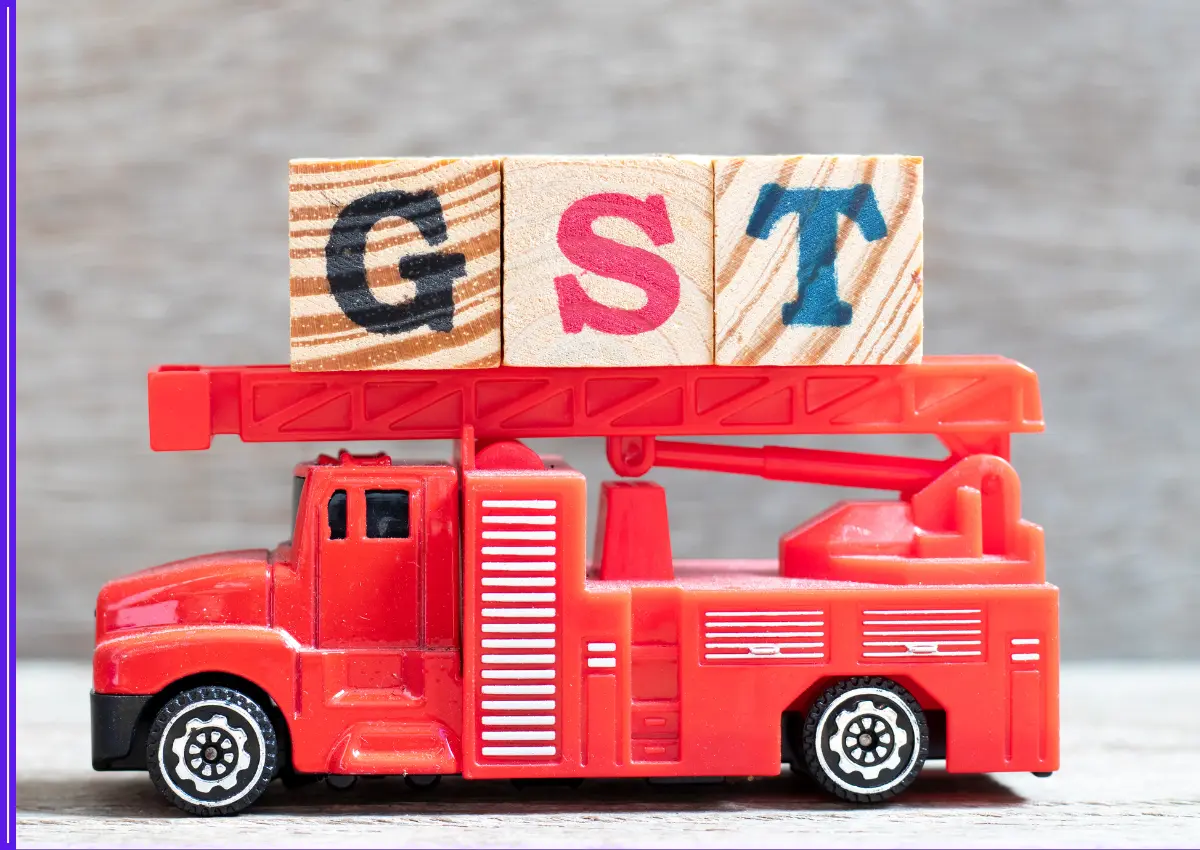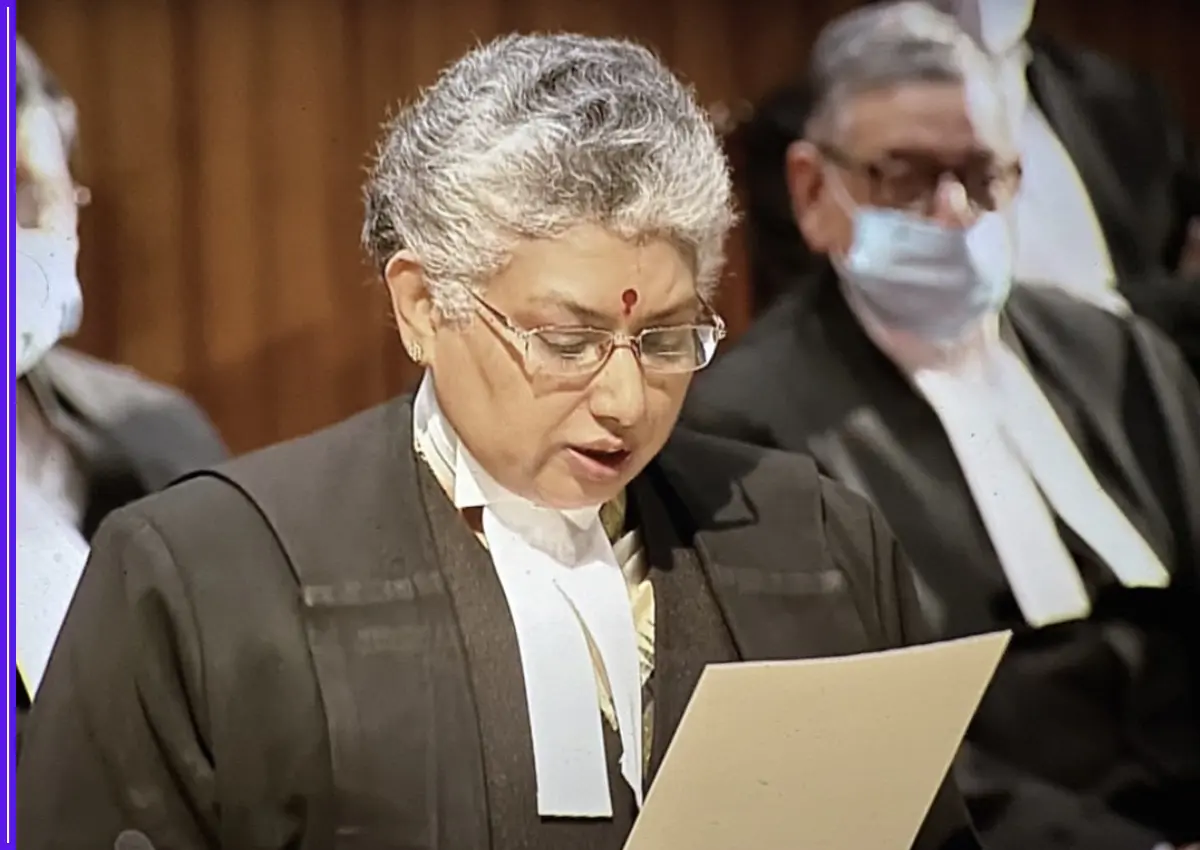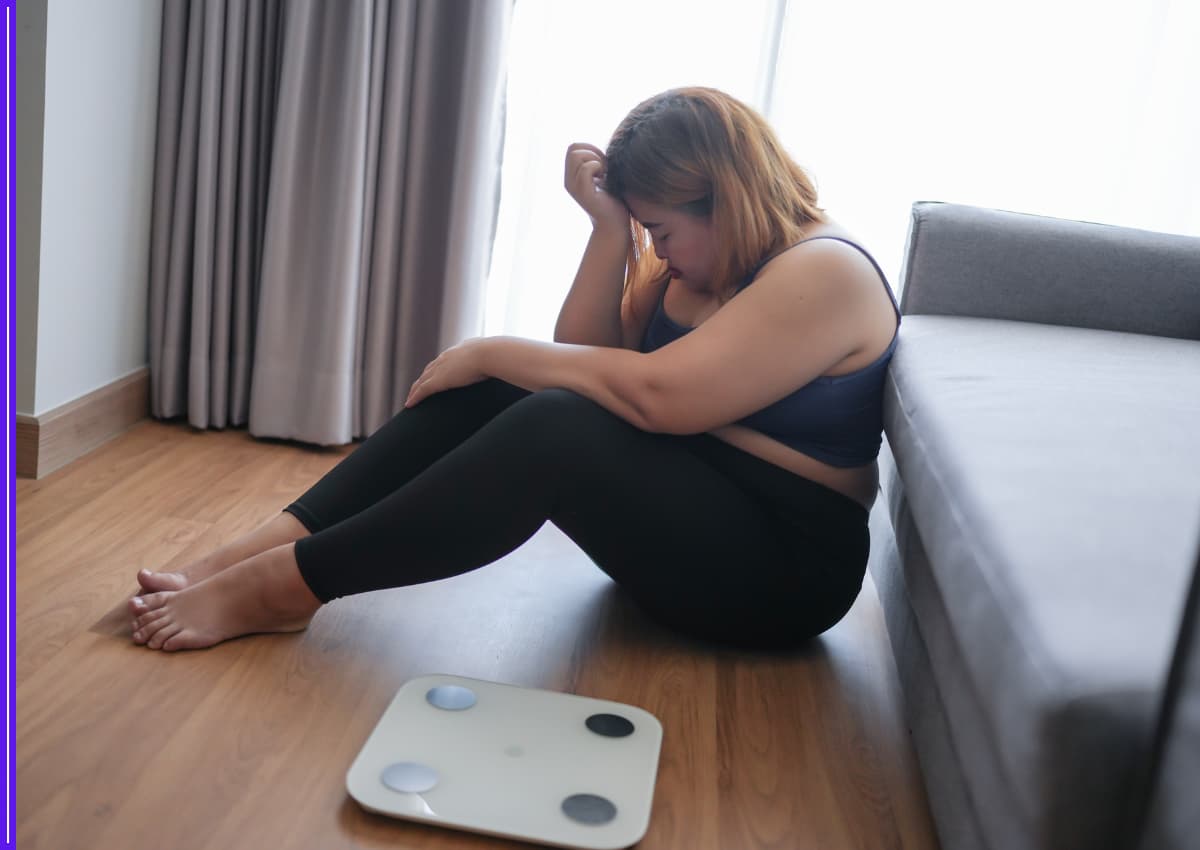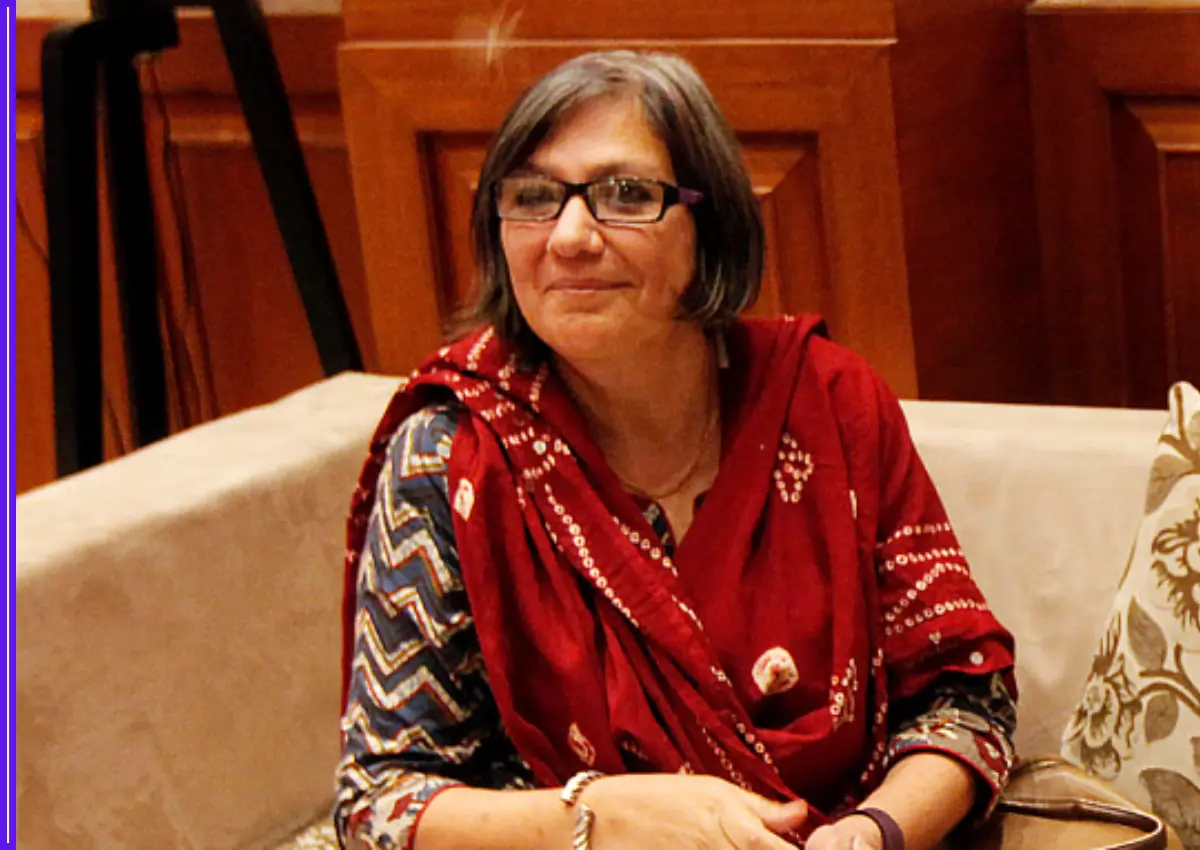On July, 2024, a quiet shift took place in Delhi’s system of women’s safety. At exactly 4:58 in the evening, calls to the Women Helpline 181 no longer reached the Delhi Commission for Women. Instead, they began to ring in the control room of the Women and Child Development Department of Delhi. Within the next 24 hours, more than a thousand women had already dialed the number, and each call was handled by the new team. It was not just an administrative change but a symbolic moment, marking a new era for how Delhi responds to women in distress.

The helpline 181 has been a vital resource for years. For many women, it represents the first place to turn when facing harassment, domestic violence, stalking, or emotional crisis. Its management has shifted hands before, but this particular transition is significant because it reconnects the helpline with the government department that oversees a larger network of welfare services.
The Beginning of Women Helpline 181
The creation of Women Helpline 181 goes back to 2012, when the horrific Nirbhaya case shook the nation. Public anger and demand for stronger systems of safety pushed the government to launch a 24×7 toll-free helpline dedicated to women. The idea was simple yet powerful: any woman in distress should be able to dial one number and immediately receive support, guidance, and protection.
Initially, the helpline was managed by the Delhi government’s Women and Child Development Department itself. In 2015, the responsibility shifted to the Delhi Commission for Women. Under the commission, the helpline became one of the busiest in the country, handling close to forty thousand calls every month. It was staffed with counselors who guided callers through issues ranging from domestic abuse and sexual harassment to trafficking and cybercrime.
The helpline’s visibility grew through campaigns, and it became a symbol of accessible help for women who often had nowhere else to turn.

Why the Management Changed in 2024
In May 2023, the central government issued a directive that the Delhi Women and Child Development Department should once again take charge of the helpline. The reasoning was practical. The department already manages shelter homes, One Stop Centres, child welfare schemes, and counseling services. By bringing 181 under its wing, the helpline could be better integrated into this larger safety net.
The actual transition took place on July. From that day, calls that earlier went to the Delhi Commission for Women started reaching the Women and Child Development Department. It was an important change not only for the administrators but also for the thousands of women who rely on the number.
First Days Under the New Management
The numbers speak for themselves. From the evening of July 3 to the afternoon of July 4, the helpline received 1,024 calls. This immediate volume shows how critical the service is for women in Delhi. Despite the transition, the helpline continued smoothly. The department made sure that no call went unanswered.
Delhi’s Women and Child Development Minister, Kailash Gahlot, emphasized that every call would be treated with care and seriousness. To ensure continuity, an IVR message was set up to inform callers about the change. In case of any brief disruption, women were advised to dial 112, Delhi’s emergency response number. This ensured there was no gap in service.
What Makes the New System Different
The takeover of 181 by the Women and Child Development Department is not just a cosmetic change. It brings structural differences that can impact women’s safety in real ways.
The first difference is integration. The department already runs programs for women and children, from shelter homes to rehabilitation centers. With 181 under its control, a woman who calls for help can now be seamlessly connected to these facilities.
The second difference is faster coordination. Since the department works closely with police, hospitals, and NGOs, it can ensure quicker responses to emergency calls.
The third change is accountability. Being directly under the government means the helpline’s performance will now be tracked more rigorously, with audits and reports to ensure standards are met.
Finally, the department has scope to expand the helpline in ways that were not possible earlier. Officials have already spoken about linking the number with digital reporting systems, online counseling, and possibly WhatsApp support in the future.
Why Helpline 181 is So Crucial
Delhi often struggles with its reputation regarding women’s safety. Reports of harassment, stalking, domestic violence, and cyber abuse are frequent. In such an environment, a 24-hour toll-free number like 181 becomes a lifeline.
The helpline is accessible to all women across the city, free of cost. It promises confidentiality, allowing women to speak without fear. Beyond immediate emergencies, it also provides counseling and connects callers to legal services. Perhaps most importantly, it serves as a quick referral system. Callers can be directed to police, hospitals, or shelter homes within minutes.
For many women, especially those with little support, calling 181 can be the first step towards safety and justice.
Real Scenarios That Show Its Impact
The importance of 181 can be understood better through real-life situations, many of which are faced daily in Delhi.
A young student walking to her college is followed by a group of men. She feels unsafe, dials 181, and within minutes a police patrol is dispatched to her location.
A mother of two children faces violent abuse from her husband at night. Afraid to approach her neighbors, she calls 181. The helpline immediately connects her with a One Stop Centre, where she receives medical care, counseling, and legal assistance.
A teenage girl faces online harassment through threatening messages. She dials 181, and the helpline refers her case to the cybercrime unit, ensuring the issue is investigated.
These are not isolated stories but everyday realities that demonstrate why a responsive helpline matters.
How Other States Handle Women’s Helplines
Delhi is not alone in having such a system. Several states operate similar helplines, though each has its own model.
Uttar Pradesh runs the Women Power Line 1090, which is well known for dealing with cases of stalking and harassment. Maharashtra has integrated its women’s helpline into the 112 emergency number for quicker police intervention. Tamil Nadu also runs 181, strongly linked to its state police and women’s commission.
What sets Delhi apart is the sheer scale. Handling forty thousand calls a month requires more resources and coordination than most states. The takeover by the Women and Child Development Department is aimed at handling this scale more effectively. read more about Women’s Empowerment Program
The Challenges That Remain
Despite the progress, there are challenges ahead. Staffing is one of the biggest. With thousands of calls coming in daily, it is crucial to have trained operators who can handle distress calls with sensitivity and speed.
Awareness is another challenge. Many women in Delhi still do not know about helpline 181. Campaigns through schools, colleges, public transport, and social media are needed to spread the word.
Technology integration is also necessary. The world is moving beyond phone calls. Apps, chatbots, and online complaint systems can make the helpline more accessible.
Coordination with the police remains a critical factor. Even if the helpline responds quickly, the final outcome often depends on how swiftly police and hospitals act after receiving referrals.
Lastly, transparency is essential. Publishing regular reports on call volumes, response times, and outcomes will build public trust in the system.
The Larger Safety Network
Helpline 181 does not work in isolation. It is part of a wider system of safety and welfare. Delhi has One Stop Centres where survivors of violence can access medical, legal, and psychological support under one roof. The state also operates shelter homes for women who need immediate refuge. Programs under the Nirbhaya Fund finance several of these initiatives.
By bringing 181 under the Women and Child Development Department, the government hopes to tie all these services together more effectively, creating a safety net where no call falls through the cracks.
Future Possibilities
The Delhi government has already hinted at modernization plans for the helpline. Digital app integration is one option, making it possible for women to seek help through smartphones. Multilingual support is another priority, so women speaking different languages can access assistance easily. There are also talks of using artificial intelligence for routing routine queries, leaving human operators free to handle sensitive emergencies.
Another possibility is linking the helpline to similar numbers in other states, creating an interconnected network of women’s safety services across India.
The future of helpline 181 depends on seamless coordination, timely response, and continued investment, ensuring women from all walks of life — from professionals to pioneers like Upasana Taku — can thrive in a safer Delhi.
People Also Ask
What is Women Helpline 181 in Delhi
It is a toll-free, 24-hour helpline for women in distress. It provides emergency response, counseling, and referrals to police, hospitals, shelter homes, and legal aid services in Delhi.
Who manages Women Helpline 181 now
Since July 3, 2024, the Delhi Women and Child Development Department manages the helpline, taking over from the Delhi Commission for Women.
Why did the Delhi WCD Department take over helpline 181
The central government directed the shift in May 2023 to make the system more integrated, efficient, and accountable by aligning the helpline with other welfare services.
How many calls does helpline 181 get every month
The Delhi helpline receives around forty thousand calls every month, making it one of the busiest women’s helplines in India.
Can women outside Delhi use 181
Yes, women across India can dial 181, but in most states, the number connects to their local Women and Child Development or police department. In Delhi, it connects directly to the Delhi WCD Department.
What should someone do if 181 is not working
In rare cases of service disruption, women are advised to dial 112, the emergency response number. How does helpline 181 help victims of domestic violence
The helpline connects victims to One Stop Centres, legal aid, medical treatment, shelter homes, and police intervention as required.
Conclusion
The takeover of Women Helpline 181 by the Delhi Women and Child Development Department marks a significant turning point in the capital’s approach to women’s safety. It is not just about who answers the phone but about how calls are connected to real-world support. The integration with shelters, medical aid, legal services, and counseling ensures that women receive comprehensive help.
Every call answered represents a chance to prevent harm, to protect dignity, and to save lives. The success of this transition will be measured not only in statistics but in the confidence women feel when they dial 181. It is a small number, but behind it lies the promise of safety, empathy, and action.









